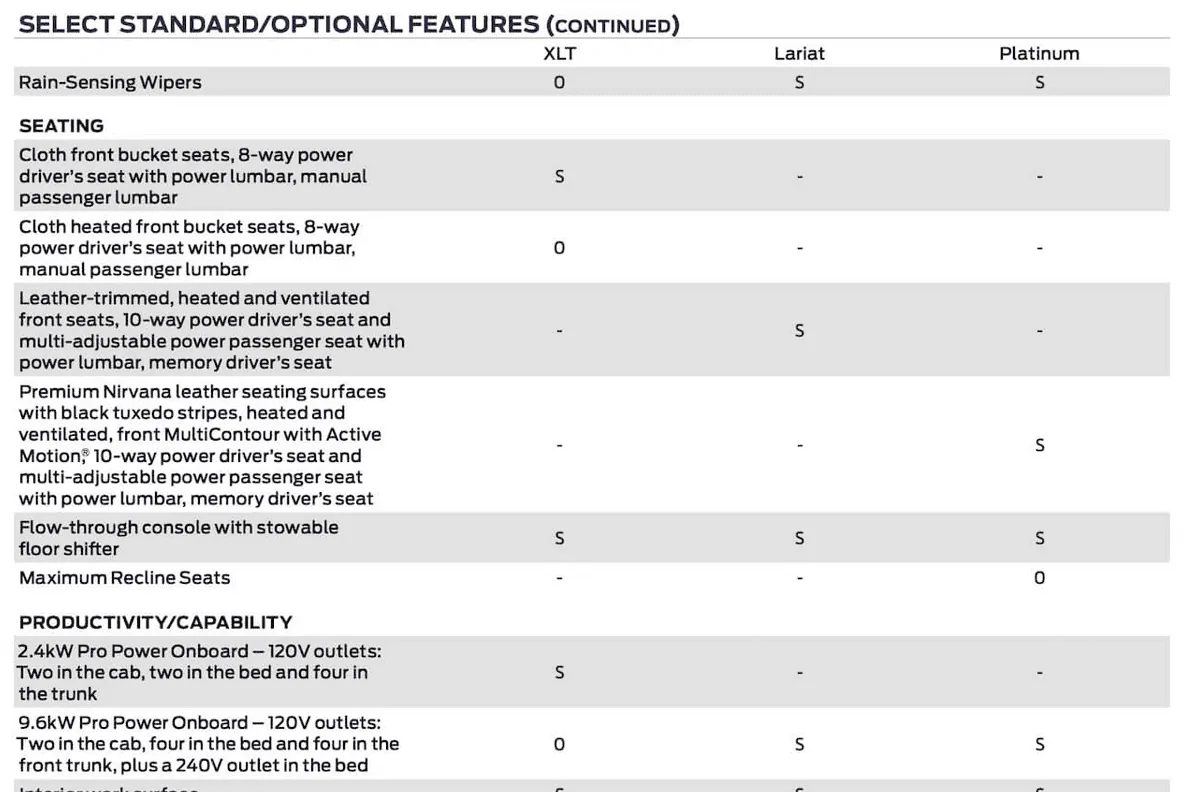adoublee
Well-known member
Where have you seen that the 9.6kW is a split of 7.2kW to 240V outlet plus 2.4kW to 120V outlets? When I look at the spec sheet, it appears to show options of "2.4kW for all plugs" or "9.6kW" for all plugs" in the productivity section of the pages. It is true that they would have to incorporate a 50A 240V plug instead of the 30A that covers the 7.2kW of the current hybrid.From what I’ve seen so far it looks like the 240V outlet is 7.2 kW. With the 2.4 kW total from the various 120V outlets *added* to the 7.2, we get a grand total of 9.6. I’d much prefer a 240V/9.6 kW outlet as well, but it doesn’t look like that’s the plan.
Sponsored



